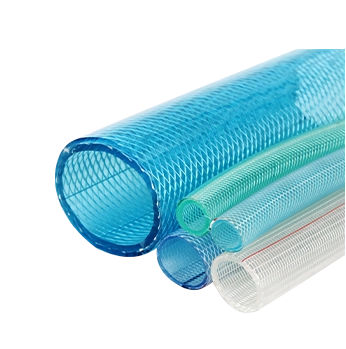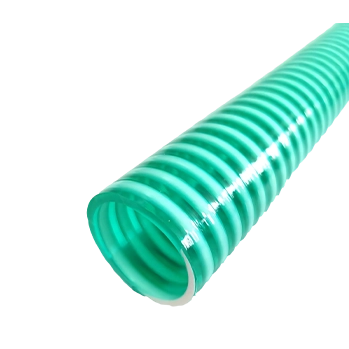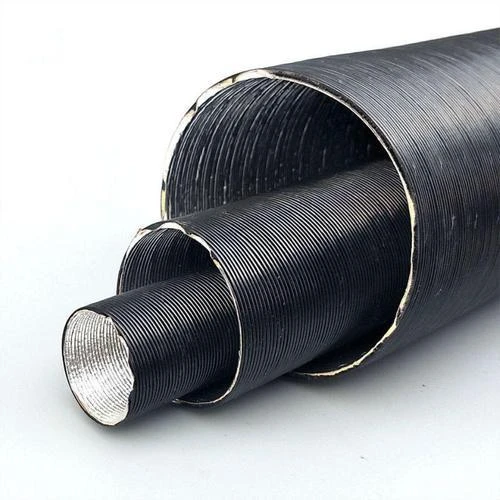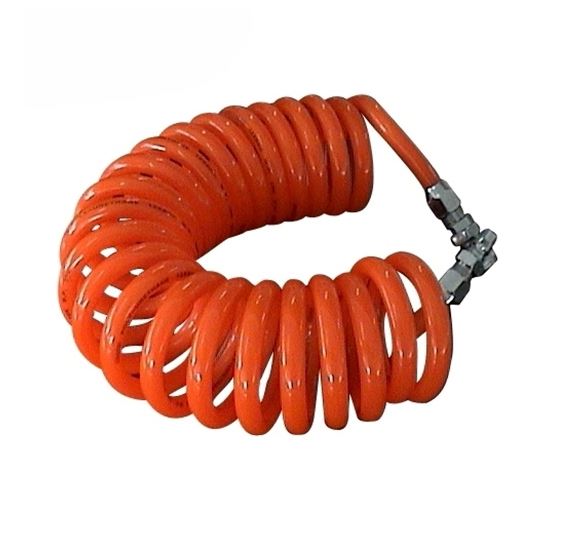Choosing the Right Tubing for Your Vacuum Pump System Needs
Understanding Tubing for Vacuum Pumps Essential Considerations
Vacuum pumps serve a myriad of applications across various industries, from scientific research laboratories to industrial manufacturing facilities. A critical component of an efficient vacuum system is the tubing that connects the vacuum pump to other elements in the system. This tubing not only plays a role in the transport of gases but also significantly influences the overall performance and efficiency of the vacuum pump. In this article, we will explore the key aspects to consider when choosing tubing for vacuum pumps, including material selection, dimensions, and maintenance.
Material Selection
One of the primary considerations when selecting tubing for vacuum pumps is the material from which it is made. Tubing must be capable of withstanding the vacuum conditions without collapsing or leaking. Common materials used include rubber, PVC, and various types of metal such as stainless steel.
- Rubber and PVC Tubing These materials are often used in lower-pressure applications. They are flexible, which makes installation easier. However, their use in high-temperature or highly corrosive environments is limited. Rubber can degrade over time, while PVC may become brittle when exposed to certain chemicals. - Metal Tubing Stainless steel tubing is preferred for high-vacuum applications due to its strength, durability, and temperature resistance. Metal tubing offers better performance in terms of preventing gas permeation and can handle a broader range of chemical environments. However, its rigidity makes installation more challenging, and it typically requires specialized fittings.
- Specialty Materials For specific applications, such as those requiring chemical resistance or low outgassing, materials such as Teflon or PFA may be necessary. These materials are particularly useful in vacuum applications where contamination must be minimized.
Dimensions and Specifications
Alongside material selection, the dimensions of the tubing are critical to ensure optimal performance. The inner diameter (ID) of the tubing must be suitable for the volume of gas being transported and the pumping speed of the vacuum pump. If the tubing is too narrow, it can lead to excessive back pressure, causing inefficiencies in the system. Conversely, tubing that is too large may result in increased costs and unnecessary space occupancy.
Another essential dimension to consider is wall thickness, which impacts the tubing's ability to withstand vacuum pressure. Thicker walls can offer greater strength but may also add weight and cost.
tubing for vacuum pump

Fitting and Compatibility
Proper fittings are crucial for maintaining a leak-free vacuum system. Ensuring compatibility between the tubing and the vacuum pump, as well as any other components in the system, is vital. This includes choosing the appropriate connectors, clamps, and seals that can withstand the operating conditions without compromising vacuum integrity.
When connecting different materials, it is essential to consider thermal expansion and contraction, as materials may react differently to temperature fluctuations. Using compatible materials can mitigate the risk of leaks or failures.
Maintenance and Inspection
Regular maintenance and inspection of the tubing are necessary to ensure the ongoing performance of the vacuum system. Over time, tubing can wear, degrade, or become contaminated, which can lead to vacuum leaks or reduced efficiency. Scheduled inspections should focus on looking for signs of wear, such as cracks, kinks, or discoloration.
Cleaning the tubing may also be necessary, especially in applications requiring high purity, to prevent contamination of the vacuum environment. When choosing cleaning methods, consider the material to ensure that no damage occurs during the process.
Conclusion
In summary, tubing is a vital component of any vacuum pump system, and its selection can greatly impact performance and reliability. By considering material, dimensions, compatibility, and maintenance practices, you can ensure that your vacuum system operates efficiently and effectively. Taking the time to choose the right tubing for your specific application is an investment that will pay off with improved performance and reduced downtime.
-
Top Quality Oxy Acetylene Hoses for Sale Fit for Welding DemandsNewsJul.28,2025
-
The Future of Pneumatic Air Tubes in IndustryNewsJul.28,2025
-
Superior and Reliable LPG Hose Pipe Solutions for Every NeedNewsJul.28,2025
-
Exceptionally Durable and Versatile Premium Braided PVC TubingNewsJul.28,2025
-
Best Adapters for Connecting Garden Hose to PVC Pipe ConnectionsNewsJul.28,2025
-
The Essential Role of LPG Hoses in Safe and Efficient Gas DistributionNewsJul.16,2025














